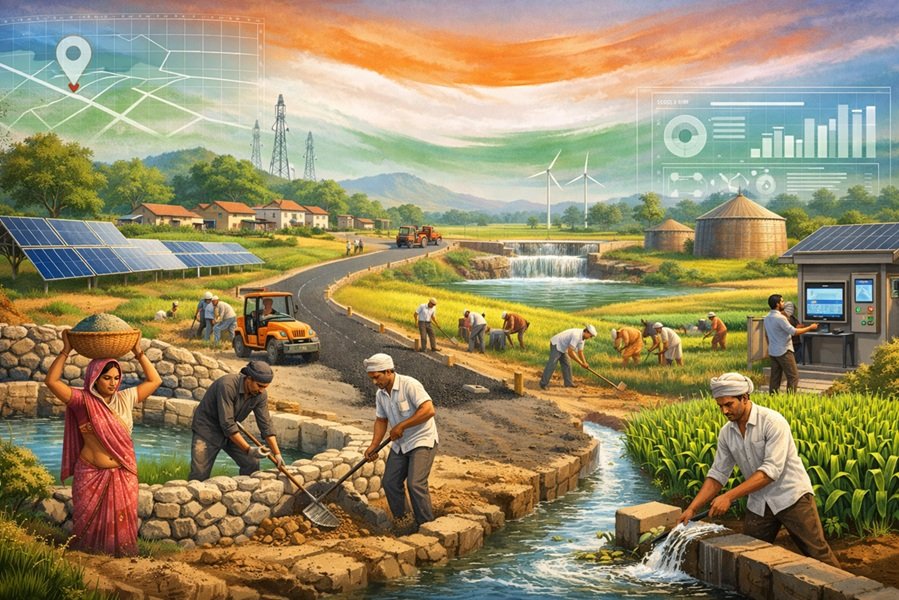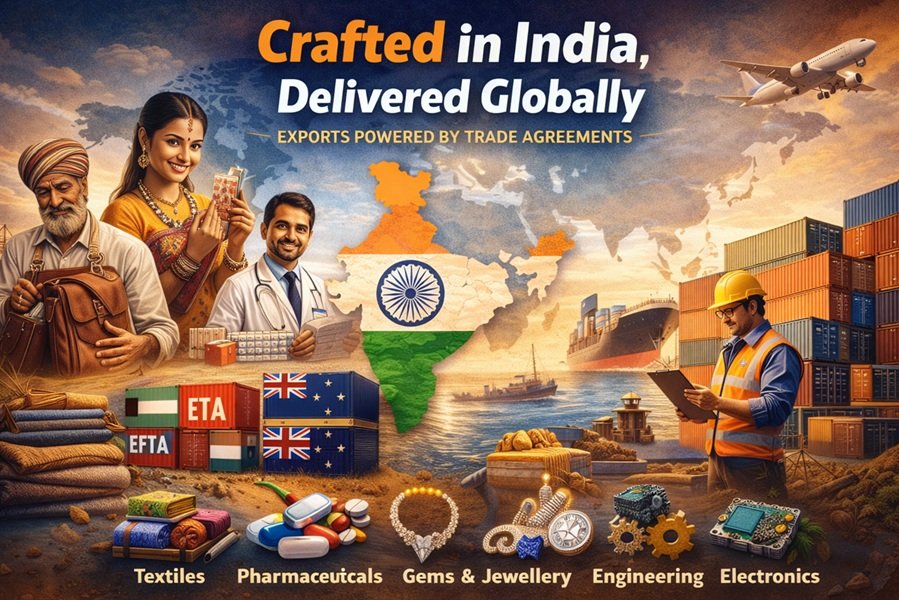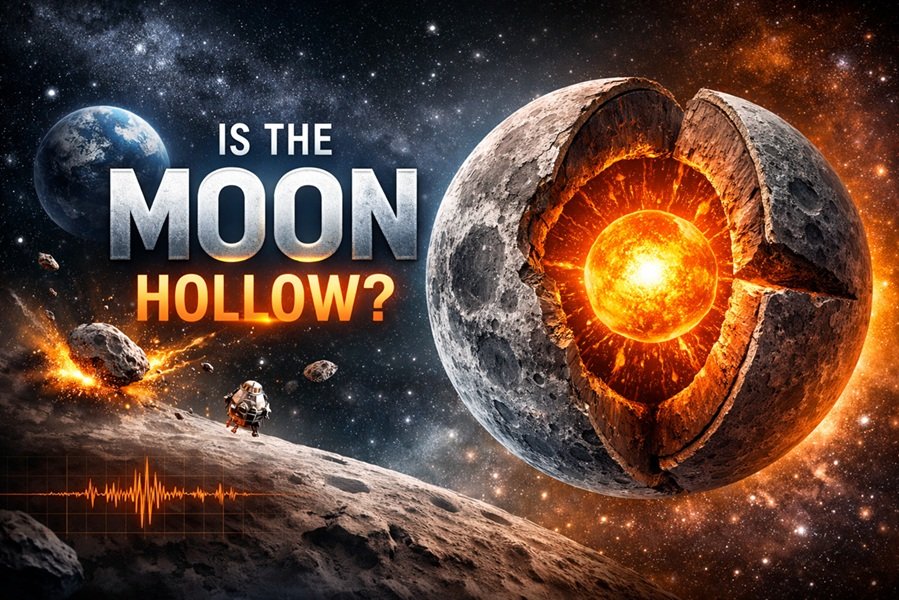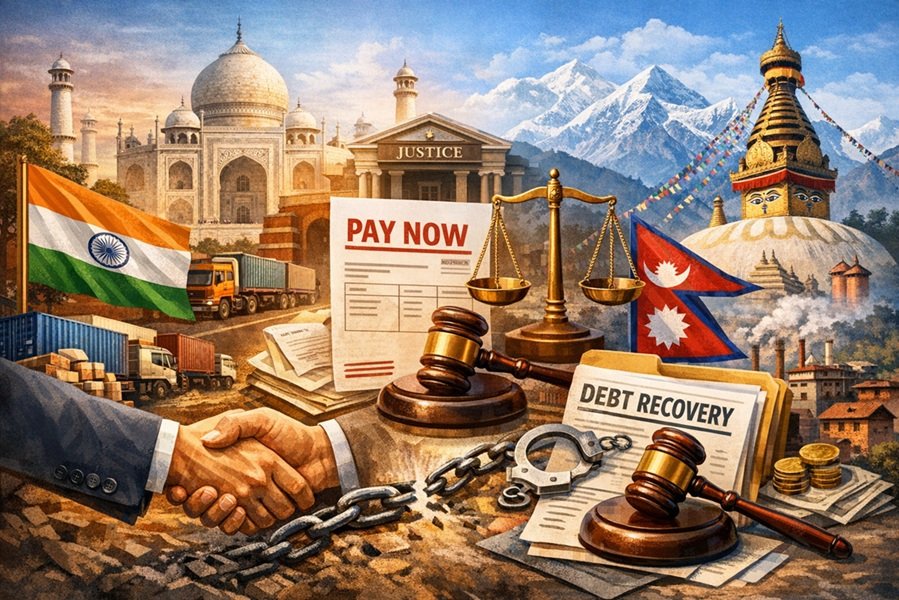
Introduction
India, one of the fastest-growing economies in the world, has set an ambitious goal of becoming a developed nation by 2047, marking 100 years of its independence. The vision of “Viksit Bharat @ 2047” aims to transform India into a global economic powerhouse with high per capita income, sustainable development, technological advancements, social equity, and a robust infrastructure. This article provides a detailed analysis of India’s journey towards this goal, covering its key pillars, challenges, and strategies for success.
Understanding “Viksit Bharat @ 2047”
The Government of India has outlined a roadmap focusing on multiple dimensions of national development. The primary goals of Viksit Bharat @ 2047 include:
- Economic Growth: Achieving a $30 trillion economy with high GDP growth.
- Technological Advancement: Becoming a global leader in AI, IoT, robotics, quantum computing, and space technology.
- Infrastructure Development: Expanding smart cities, highways, rail networks, renewable energy, and digital connectivity.
- Social Development: Ensuring quality education, healthcare, and employment for all citizens.
- Environmental Sustainability: Achieving net-zero carbon emissions and energy security.
- Good Governance: Strengthening transparent, digital, and citizen-centric governance.
Economic Vision: Becoming a $30 Trillion Economy
India’s economy is projected to grow at an average of 7-8% per year over the next two decades. Key economic drivers include:
1. Manufacturing and Industrial Growth
- Promotion of Make in India 2.0 and Atmanirbhar Bharat.
- Expansion of semiconductors, EVs, electronics, and defense manufacturing.
- Integration with global supply chains through free trade agreements (FTAs).
2. Digital Economy and Startups
- Scaling up fintech, e-commerce, blockchain, and AI-driven businesses.
- Supporting unicorn startups and MSMEs with government incentives.
- Enhancing digital banking, UPI, and e-governance.
3. Agricultural Transformation
- Promoting precision farming, agro-tech, and food processing.
- Ensuring water conservation, sustainable irrigation, and organic farming.
- Expanding export markets for Indian agricultural products.
Infrastructure Development: Building a Modern India
India needs world-class infrastructure to sustain high growth. Major areas of focus include:
1. Smart Cities and Urban Development
- Development of 100+ smart cities with AI-driven public services.
- Expansion of affordable housing and urban transport.
- Strengthening waste management and water recycling systems.
2. High-Speed Rail and Transportation
- Completion of the Bullet Train (Mumbai-Ahmedabad corridor).
- Expansion of metro networks in all major cities.
- Enhancing port connectivity and inland waterways.
3. Renewable Energy and Sustainability
- Increasing solar, wind, and hydro energy production.
- Achieving net-zero carbon emissions by 2070.
- Investing in green hydrogen and biofuels.
Social Development: Inclusive and Equitable Growth
For India to be a developed nation, social inclusivity and human development are essential. Key priorities include:
1. Education and Skill Development
- Implementing NEP 2020 for quality and skill-based education.
- Expansion of higher education institutions and R&D centers.
- Encouraging coding, AI, and robotics training from school level.
2. Healthcare and Well-being
- Strengthening Ayushman Bharat and public healthcare systems.
- Expanding telemedicine, AI-based diagnostics, and vaccine R&D.
- Reducing child mortality and improving maternal healthcare.
3. Employment Generation
- Creating 100 million+ jobs in tech, manufacturing, and services.
- Promoting women entrepreneurship and rural employment schemes.
- Enhancing gig economy and remote work opportunities.
Challenges in Achieving Viksit Bharat @ 2047
Despite its ambitious vision, India faces multiple challenges:
- Income Inequality: Bridging the gap between rural and urban incomes.
- Climate Change: Managing extreme weather conditions and sustainability.
- Bureaucratic Reforms: Enhancing ease of doing business.
- Global Competition: Competing with China, the US, and the EU in technology and trade.
Roadmap to Success: Strategies for Implementation
To ensure the realization of Viksit Bharat @ 2047, India must adopt the following strategies:
- Policy Reforms and Governance
- Strengthening ease of doing business and regulatory frameworks.
- Encouraging FDI and global partnerships.
- Investment in Research & Development
- Increasing GDP allocation to science, technology, and innovation.
- Establishing world-class R&D hubs and tech clusters.
- Digital Transformation
- Expanding 5G, AI, and blockchain adoption.
- Boosting cybersecurity and data protection laws.
- Sustainable Development Goals (SDGs)
- Promoting clean energy and carbon-neutral policies.
- Implementing climate-resilient infrastructure projects.
Conclusion: The Path Forward
Viksit Bharat @ 2047 is not just an aspiration but a strategic national mission. By focusing on economic growth, infrastructure, digital transformation, education, and sustainability, India can emerge as a global superpower by 2047. However, this journey requires strong policy implementation, public-private partnerships, and active citizen participation. With resilient governance and innovative leadership, India is well on its way to becoming a developed nation in the next 25 years.







